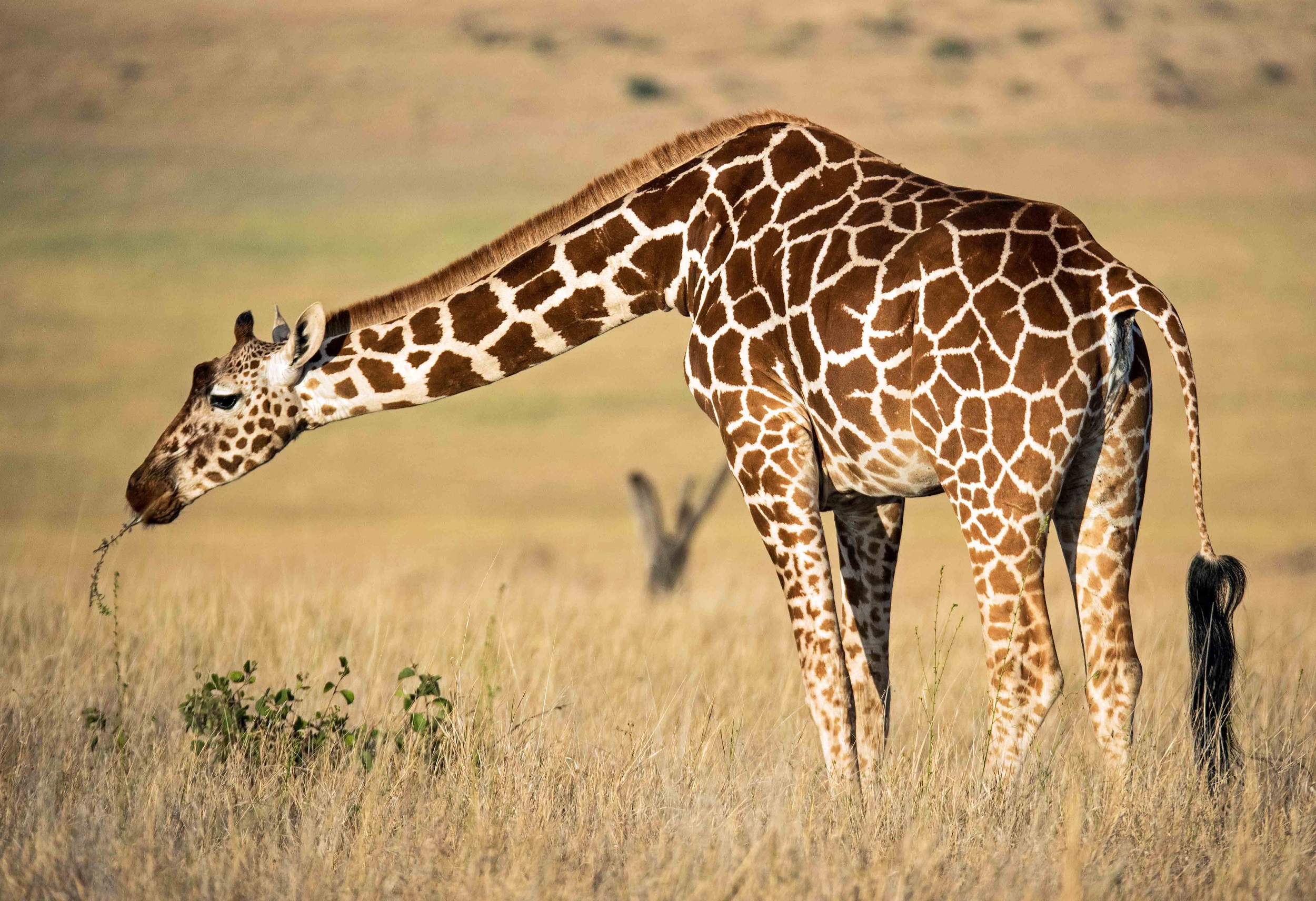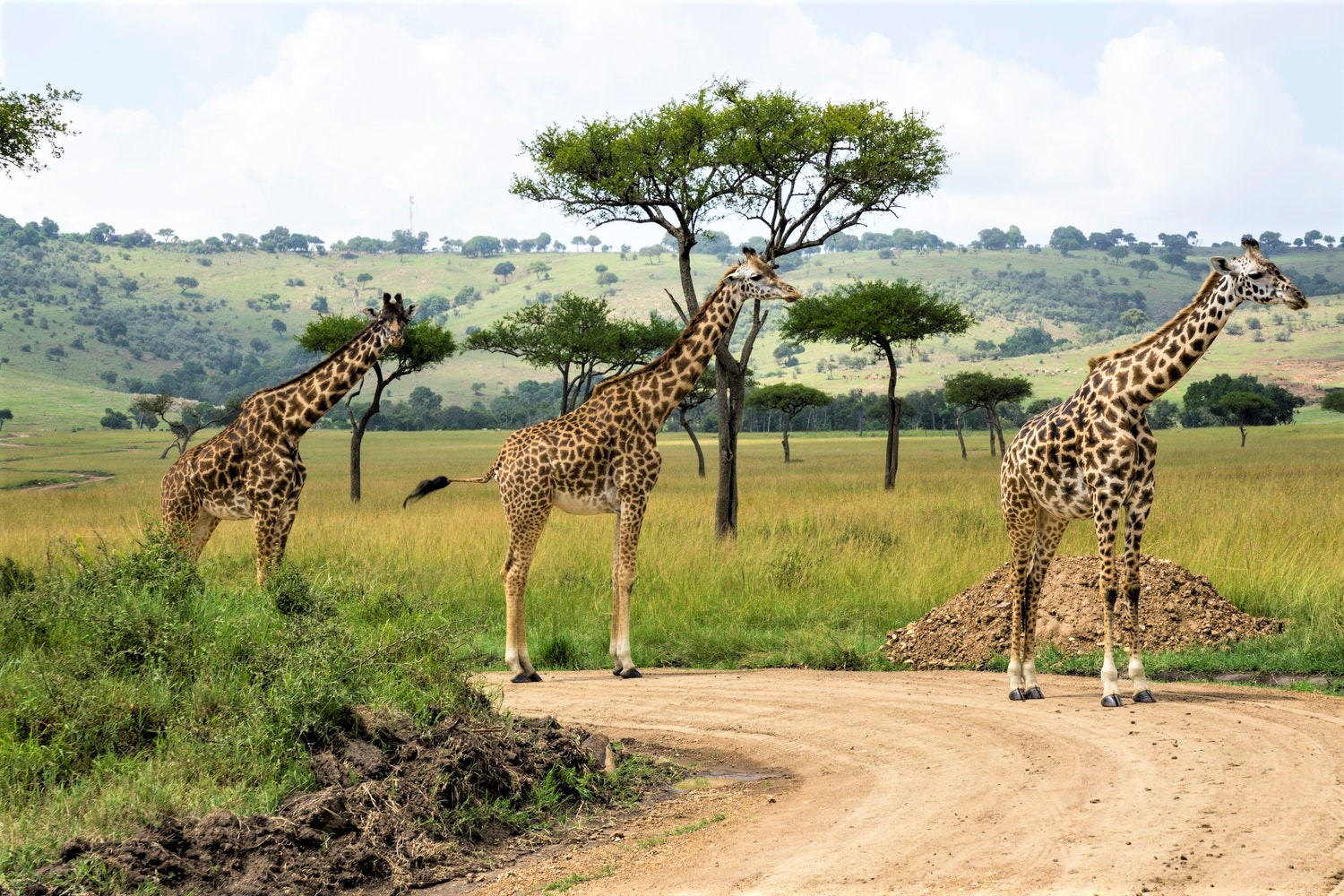The United States May List Giraffes as an Endangered Species As Young Population Plummets
/A beautiful reticulated giraffe in Lewa Conservancy in Kenya. I think this type of giraffe has the most geometrical and starkly contrasting pattern, and is therefore perhaps the most photogenic of the different types of giraffes. Photo by David Clode on Unsplash
By Meilan Solly. First published on Smithsonian.com.
Between 1985 and 2016, the world's giraffe population plummeted by nearly 40 percent. Just over 97,000 of the long-necked mammals remain in the wild, including 68,000 mature adults—equivalent to less than a quarter of the world’s estimated African elephant population, Michael Biesecker reports for the Associated Press. While elephants were listed as a threatened species under the United States’ Endangered Species Act in 1978, giraffes have yet to receive any such legal protections.
A petition filed by environmental and conservation groups in April 2017 may pave the way for giraffes’ addition to the legislative act. According to the statement, the petition presents “substantial information that listing may be warranted,” as threats, including land development, civil unrest, commercial trade and poaching, pose major obstacles to the species’ long-term survival.
Crucially, Mihir Zaveri of The New York Times writes, some conservationists say the review process could last longer than anticipated, perhaps even taking years. After all, the wildlife service’s response to the 2017 petition arrived two years after filing rather than within the 90-day window mandated by federal law. The coalition behind the appeal sued in December to compel a response, but it remains unclear whether this lawsuit is what prompted last week’s announcement. As Adam Peyman, manager of wildlife programs and operations for the Humane Society International, tells Zaveri, the government agency “routinely misse[s] deadlines.”
If the petition proves successful, conservation campaigns aimed at supporting giraffes will become eligible for federal funding, and the largely unregulated practice of importing giraffe body parts will be curbed. According to the Post’s Epstein, 39,516 giraffe specimens, including 21,402 bone carvings, 3,008 pieces of skin and 3,744 hunting trophies, were imported into the U.S. between 2006 and 2015. Some of these body parts were subsequently used to make expensive pillows, boots, knife handles, Bible covers and various trinkets.
Giraffes at Masai Mara National Reserve, Kenya. Photo by Julie Wolpers on Unsplash
Speaking with The New York Times' Zaveri, Peyman explains that legal hunting, as opposed to habitat loss and poaching, has a relatively slim impact on global giraffe populations. The AP’s Biesecker adds that locals in the 21 African countries where the giant mammals roam regularly hunt the animals for meat, while trophy hunters are increasingly tracking down giraffes as other big-game targets grow scarce.
Paul Babaz, president of the pro-hunting Safari Club International, tells Biesecker that giraffes’ numbers are dropping even in countries where hunting them is banned, arguing, “It is obvious to me that a lack of hunting is a cause for the decline in giraffe numbers.”
Trophy hunters’ permit fees occasionally fund anti-poaching initiatives in African countries. In a statement decrying giraffes’ listing as an endangered species, the group said: “These measures would reduce U.S. hunters’ willingness to pay top-dollar for giraffe hunts. Without offering anything in return, an ESA listing could reduce the revenues and incentives currently being generated by hunting. That means reduced habitat protection, less funding for anti-poaching and fewer benefits for the rural people who live side-by-side with giraffes and other wildlife.”
Others, including members of the conservation groups that presented the petition, emphasize the benefits of listing giraffes under the ESA. The animals were listed as vulnerable on the International Union for the Conservation of Nature’s Red List of Threatened Species in 2016, and two subspecies are further classified as endangered or critically endangered.
“The United States has long been complicit in the trade of giraffe parts, so it’s time for the federal government to stick its neck out for this species,” Elly Pepper of the National Resources Defense Council notes in a statement. “... Now it is time to take action to ensure giraffes remain on the planet. They need Endangered Species Act protections and they need them now.”
Photo taken at Mara Bushtops in Masai Mara, Kenya. Mara Bushtops conserves a large amount of land outside the national reserve which has resulted in wildlife population increases. This Giraffe, Called Harry comes right in to the resort and was very lucky to capture this special moment of my beautiful girlfriend standing by the swimming pool saying hello to Harry the Giraffe. Image by Robin Stuart on Unsplash

































